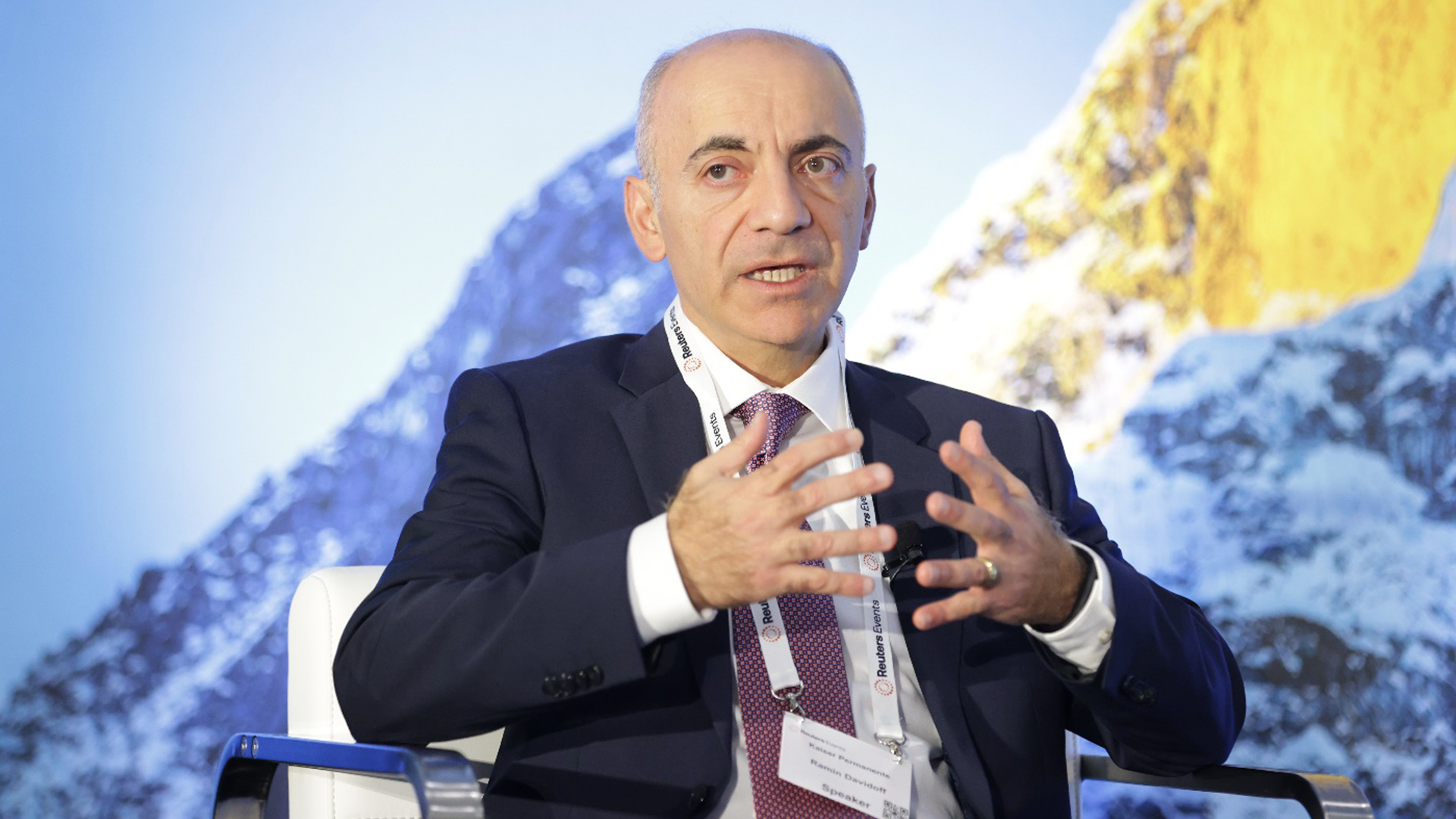Co-CEO of The Permanente Federation recognized for prioritizing physician wellness, improving care quality, and driving advancements in AI.

AMA recognizes Permanente Medical Groups for tackling physician burnout
At Kaiser Permanente, Permanente Medical Groups have long demonstrated a commitment to tackling physician burnout and encouraging physician wellness. A leading national health organization has been taking notice.
This year, 4 Permanente Medical Groups — Southern California Permanente Medical Group, The Permanente Medical Group, The Southeast Permanente Medical Group, and Washington Permanente Medical Group — were honored by the American Medical Association’s Joy in Medicine™ Health System Recognition Program. Only 72 health systems or medical groups earned the distinction.
“We are excited about this recognition,” said Reneathia Baker, MD, FAAP, and associate medical director for People and Culture at The Southeast Permanente Medical Group. “We realize that, like all organizations, we have much work to do to mitigate burnout in our workforce. This award demonstrates our commitment to do just that.”
Joy in Medicine: A commitment to tackling physician burnout
Recognition is based on organizational achievement and effort in 6 competency areas, evaluated through self-assessment and supporting documentation. The 6 areas include:
- Physician well-being
- Organization commitment
- Operational efficiency
- Teamwork
- Leadership
- Cultivating connections
Maria Ansari, MD, FACC, who serves as CEO and executive director of The Permanente Medical Group, discussed physician burnout with the AMA. “We support physicians by removing barriers to care and giving them a team to support them so they can focus on doctoring.”
Related story: Ruth Chang, MD, shares advice for promoting physician wellness in AMA Q&A
Dawn Clark, MD, ob-gyn and chief wellness officer for the Southern California Permanente Medical Group, also spoke about tackling physician burnout with the AMA. “It’s very difficult for not just doctors — but really, most health care professionals — because we came into this profession to heal people, not to fill out forms, get preauthorization, or code,” she said.
Burnout symptoms include trouble mentally separating from work, a sense of decreased meaning or purpose, depersonalization, and emotional exhaustion. The threats to clinician wellness reached crisis levels during the COVID-19 pandemic, stressing physicians throughout the nation’s health systems. Permanente physician leaders continue to confront the burnout phenomenon through multiple physician wellness initiatives.
Medical technologies can play a role in decreasing physician burnout
One approach Permanente Medical Groups have embraced to support physician wellness is investing in proven, leading-edge clinical technologies. Investment in advanced tools have helped Permanente physicians deliver effective, efficient care delivery opportunities.
Amanjot Sethi, MD, urologist and director of Wellness Operations, The Permanente Medical Group, described how technology supports his wellness. Advancements in medicine have given him the opportunity to provide efficient, quality care, bolstering his sense of his well-being. “Having patients out of the hospital and at home as soon as possible” helps Dr. Sethi “connect to my meaning and purpose.”
In America, the last 70 years have seen the development of innovations in health care that can reduce physician burnout. However, the widespread embrace of many advancements, such as a highly integrated care model, has been slow. Kaiser Permanente is an exception to the overall trend.
The AMA issues these recognitions to provide a roadmap for health system leaders. The goal is to unite the health community in building a culture committed to increasing joy in medicine and build awareness of solutions that promote joy in medicine.
Note: Read the AMA’s announcement of 2023’s Joy in Medicine honorees.


